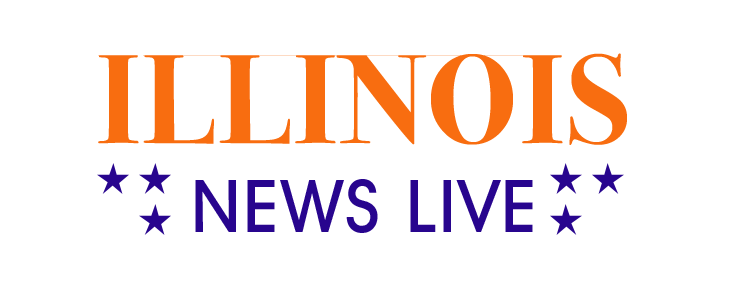Illinois Teens in Dispensary Zones Report Lower Cannabis Use, Study Finds
Champaign, IL — Recent research from the University of Illinois Urbana-Champaign has brought to light an interesting trend regarding cannabis use among teenagers in the state. Those living in ZIP codes with medical marijuana dispensaries appear less inclined to use the drug.
Diving into the numbers, around 18.3% of the youth residing in these ZIP codes admitted to having used cannabis in the past year. This is in contrast to the 22.4% from ZIP codes without dispensaries in Illinois. Furthermore, when looking at more recent use – within the last 30 days – the figures stand at 12% and 15.6%, respectively.
Over 10,560 young participants, ranging from eighth to twelfth graders, took part in the 2018 Illinois Youth Survey, the source of these findings. This comprehensive survey, helmed by the Center for Prevention Research and Development at the U. of I., delves into various health and social topics, including substance use among the youth.
Doug Smith, an expert on teen and young adult substance use and director of the center, commented, “While we saw no major impact on the adolescent substance use rates post the arrival of medical dispensaries, those in ZIP codes with a dispensary even reported lesser use.” Smith, however, admitted that this surprising trend is still something of “a head-scratcher.” He speculated that with only 53 dispensaries active in Illinois in 2018, the state might not have had the saturation needed to see any significant effect.
Dispelling common myths, Smith also remarked, “There’s no solid evidence to support the fear that cannabis legalization dramatically affects teen substance use rates.”
Shifting the focus to the demographics, most of the surveyed students averaged 15 years of age, with the majority identifying as white (43%) or Latino (26%). Interestingly, as students advanced from the eighth to the twelfth grade, cannabis usage saw an uptick, independent of the presence or absence of a dispensary in their ZIP code. The majority of the respondents hailed from suburban Chicago, followed by other cities, rural areas, and then the city of Chicago itself. Notably, in densely populated regions like Chicago, cannabis use was notably more common.
Moreover, geographic factors, such as the size of the ZIP codes initially thought to influence the youth’s awareness of nearby dispensaries, showed no significant correlation with their cannabis consumption habits. However, with newer cannabis forms, such as the potent THC-rich concentrates, emerging in the market, Smith emphasized the importance of ongoing studies to monitor their impact, especially on teenagers.
Smith concluded, stressing the significance of this research, “Given the presence of medical dispensaries and the wider array of cannabis products now available, it’s crucial that we keep a close watch on consumption patterns, especially among the youth.”
The research, which saw collaboration from a plethora of experts from the University of Illinois, both from the Urbana-Champaign and Chicago campuses, stands as a testament to the intricate web of factors that govern cannabis use among the state’s youth.


